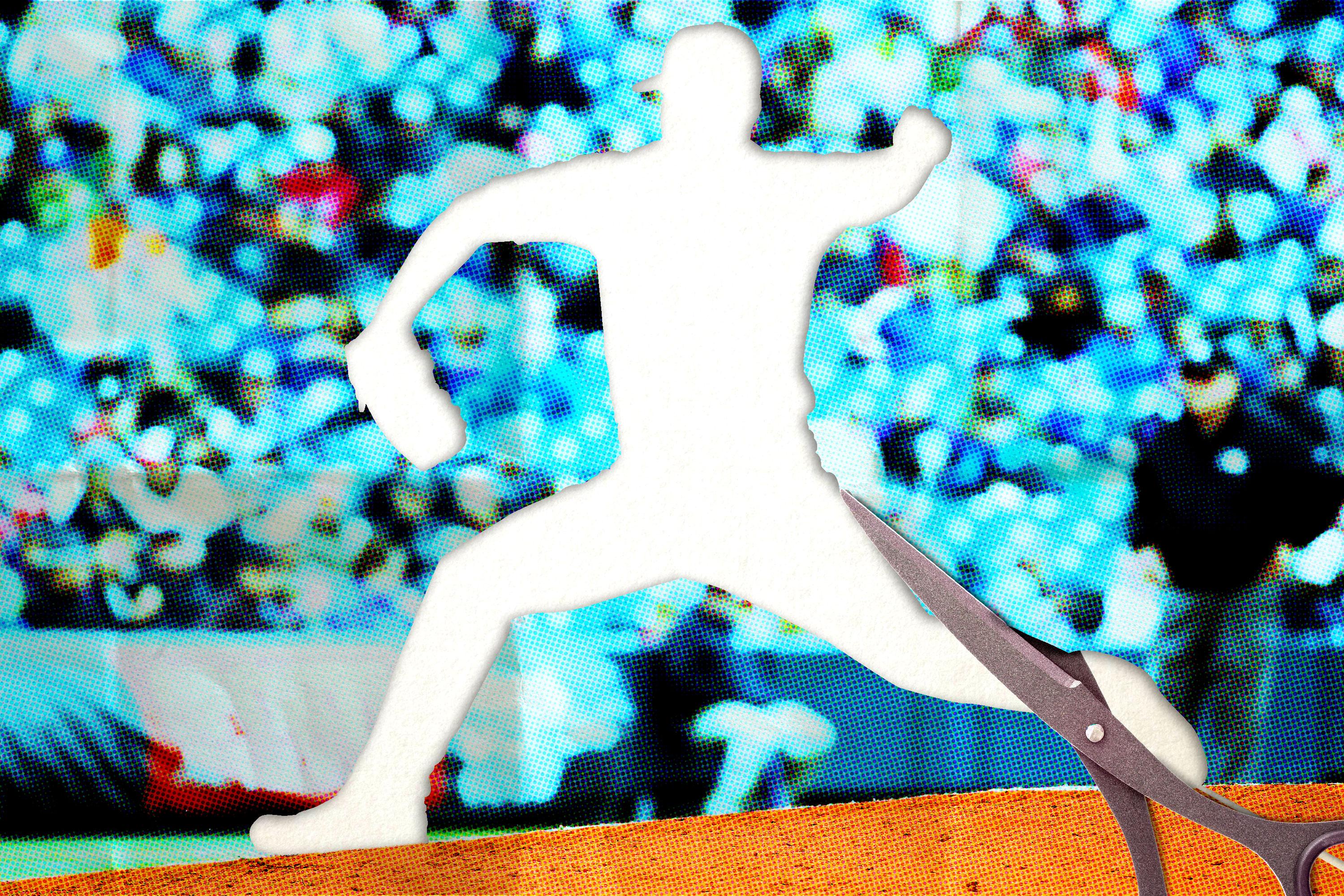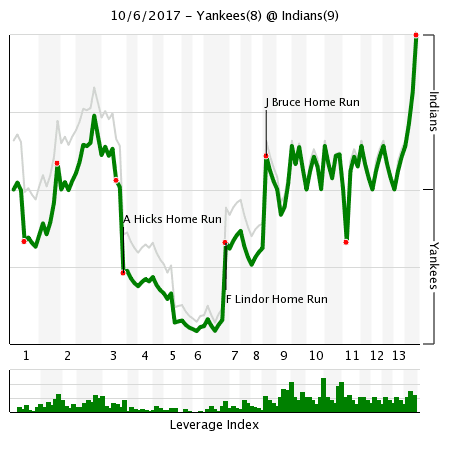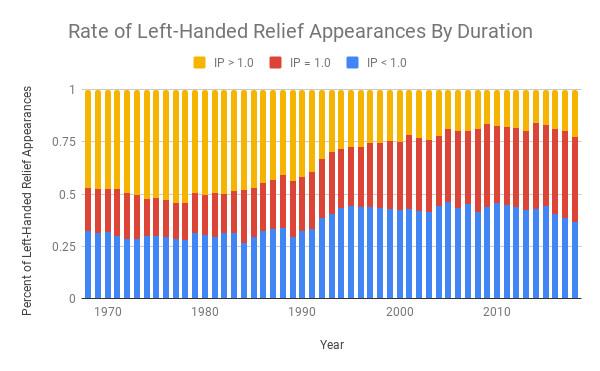
Ask Boone Logan if he’s familiar with the term LOOGY, and the Brewers relief pitcher will let out a controlled sigh. “Oh, yeah.” An acronym for left-handed one-out guy, LOOGY is an identifier reserved for a lefty reliever who specializes in getting like-handed batters out (and generally struggles against righties). Even if you haven’t heard the term, you know the type: tall, sly, and spindly, LOOGYs can feature spasmodic deliveries and sloping breaking pitches that dive away from left-handed adversaries. The LOOGY as a concept originated nearly a half-century ago, and became a mainstay of MLB when it was embraced by forward-thinking managers like Tony La Russa and Bobby Cox in the 1980s. LOOGYs are typically utilized in high-leverage, abbreviated outings—often lasting just one batter.
By all accounts, Logan has fit the description of a LOOGY for his entire career. Right-handed batters slash .291/.373/.471 against him, lefties slash .238/.317/.372, and he is averaging 0.70 innings per appearance over his 13 seasons in the league. A standard day at the office for Logan—or any LOOGY, for that matter—tends to look something like this:
“I was fortunate to get some lefties out early in my career and [I’ve] done good against them,” Logan says. “It’s just one of those things where you kind of get stuck in that role and that’s how they look at you.”
In baseball, timeless adages of how the game should be played permeate every level of participation, especially when it comes to strategy. A leadoff man should be fast. A closer should throw in the upper 90s. A designated hitter should have 30-plus-home-run power. The expectations imposed on certain players are sometimes rooted in analysis, sometimes rooted in doctrine, and sometimes rooted in a combination of the two.
But even anecdotal adages, nebulous as they may seem, morph and evolve—such is the churn of innovation. And now, in a time when a deep and flexible bullpen is necessary for survival, roster spots for relievers with only one application are thinning. The LOOGY is no exception. The role as baseball knows it is going extinct.
There was a time when LOOGYs were a staple of every bullpen. It made sense: Left-handed batters do tend to fare worse against left-handed pitching than right-handed pitching; a quick perusal of the batting splits from any season in league history confirms as much. But Logan, while grateful for the niche he has carved out, admits that managers don’t prioritize his role to the extent they once did. He attributes the decline in LOOGY popularity to pitchers “throwing fuel” at a rate that allows left- and right-handers alike to defy traditional platoon strategy. The higher strikeout rates soar, the logic goes, the less that exploiting lefty-versus-lefty matchups matters. “I still see [managers] bring in left-handed pitchers on a guy who’s hitting .350 off lefties,” Logan says. “That’s where it kind of gets overrated.”
Pitchers are indeed throwing harder than ever before—in fact, they might never throw harder. Yet traditional splits have not become “overrated.” In terms of tOPS+, a statistic that adjusts a player’s OPS relative to that player’s average OPS (represented by the value 100) to show how well he does compared to his own usual performance, left-handed batters rarely sniff their regular production against left-handed pitching, and usually exceed it against right-handers.

So the LOOGY’s decline isn’t performance-based. Rather, the strategy that birthed the LOOGY has been cast aside in favor of a comprehensive bullpen dogma that has swept MLB over the past decade. This dogma is predicated on a deep and fortified bullpen, and the uniform deployment of relief pitchers. It’s a tactic that has recently found great results: The 2015 Royals rode a super-pen to a World Series title, and the 2018 Yankees have relied on one as a primary driver of their first-half success. Starters are averaging fewer innings per game than ever, the rate of pitchers used per game has been increasing for decades, and the average relief outing leaguewide has normalized at around one inning per appearance. In a sense, an already formulaic sport has never been so regimented.
“The game is so structured now. It’s all about getting your maximum effectiveness from your bullpen,” baseball historian Steve Treder—and the sport’s highest-ranking LOOGY expert—explains. “The history of military strategy is a lot like this, that both sides keep improving their defenses until you reach sort of an impasse. We’re kind of at that point with bullpens.”
At a glance, you couldn’t script a better time to be a specialized reliever, but as octopean bullpens have become the league norm, pitchers whose job is to record merely one out have become a relic. One-batter appearances for left-handed relievers ballooned in step with LOOGY deployment in 1992, peaking in 2011. But to this point in 2018, only 11.1 percent of outings by left-handed relievers have lasted one batter. That figure is a continuation of a four-year decline and is on par with rates from before the LOOGY was popularized in the 1970s and 1980s. Over the decades, as relief appearances of longer than an inning have regressed, one-inning outings have expanded gradually.

The LOOGY’s downfall is peculiar in that it has been the result of dilution rather than outright rejection. According to research conducted by Treder for The Hardball Times (and updated since 2005 by SABR’s Clay Dreslough)—wherein a “LOOGY season” is defined as a left-handed reliever appearing in at least 20 games, averaging fewer than 1.20 innings per appearance, and logging fewer than 0.20 saves per appearance—LOOGY usage has, technically, never been higher.
LOOGY Seasons by Year
Of course, Treder sees this trend as incidental, more reflective of outdated parameters than a pattern of managerial strategy. “LOOGYs used to stand out because of the shortness of their stints,” he said. “Now everybody does a short stint. … So that pattern is no longer notable.”
Thus, the LOOGY has lost what made it special. Since LOOGY usage spiked in 1992, the role has produced a litany of memorable characters and eccentricities. Randy Choate’s laundry list of pre- and in-game rituals. Mike Myers’s slingshot delivery. Marc Rzepczynski’s name. The LOOGY was something different, an aberrant breed. That more than anything else is what stands to be lost amid baseball’s ongoing bullpen revolution.
“I just think [managers] are trying to develop a new breed of reliever,” Logan says when asked about the future of the LOOGY. As a Treder-defined LOOGY in each of his previous 12 major league seasons, he should know. Now in Milwaukee, Logan also shares a bullpen with the poster child of this new breed: Josh Hader, the crown jewel of one of baseball’s most dominant bullpens. In all of his scraggly-haired glory, Hader embodies the platonic ideal of a post-LOOGY left-handed reliever; he transcends the traditional tenets of platoon strategy, whiffs batters on both sides of the plate at mind-bending rates, and can bridge almost any inning duration to his team’s closer (or finish the job himself).
“He’s got hair going all over the place, he’s throwing 95, and guys can’t get good swings on it. [The Brewers] groomed him to be that kind of pitcher,” Logan says. “I think you’re going to start seeing more Josh Hader–type pitchers—not saying they’re going to be as good as he is right now—but there’s going to be that guy that’s going to start throwing multiple innings on a daily basis.”
For now, relief outings en masse have stabilized somewhere in the middle of these extremes. The LOOGY’s applications are too narrow in a league in which a robust and flexible bullpen is a team’s greatest asset. And as Logan says, not everyone is as dominant as Hader. At least not yet.
But if pitchers like Hader and Andrew Miller (another hybrid type Logan mentioned) continue to pop up around the league, it will open the door for more ingenuity in bullpen strategy. That ranges from the possibility of the “opener trend” to the 3-3-3 rotation (which seem less outlandish by the season), and everything in between. Baseball is tactical, and managers will never cease to innovate, even if those innovations leave no room for our left-handed one-out friends.
Decades from now, the concept of a designated starting pitcher might seem ancient, and a platoon specialist downright mythological. In the case of the LOOGY, that phasing-out process already has begun.
Thanks to Clay Dreslough, creator of Baseball Mogul and president of Sports Mogul Inc., for research assistance.